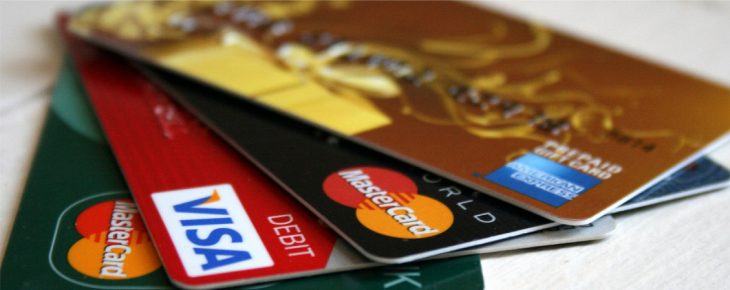More Americans charged holiday purchases, average holiday debt up 5%
by January 15, 2018 3:44 pm 253 views

With a stronger overall economy in 2017 consumers reached for their plastic credit cards more often when holiday shopping than in prior years, according to a recent survey by Magnify Money.
The annual post-holiday survey revealed consumers accumulated an average of $1,054 in credit card debt over the recent holiday season, up 5% from the prior year’s $1,003 debt.
The survey also revealed 68% of shoppers said having available credit on their cards was the reason they spent more this year. Store credit cards were cited by 17% of surveyed consumers as the reason they spent more and 9% used a personal loan to finance their holiday purchases.
Another recent survey by MasterCard indicated most consumers spent more this past holiday season by an average of $51, or roughly 5%. The survey also indicated 64% of consumers didn’t plan to accrue new debt, but they did because of lack of planning.
Credit experts said many shoppers used high-interest credit cards to fund their excess holiday purchases and paying down that debt will take years to pay off. Half the consumers surveyed by Magnify Money plan to pay off their recent spending spree in three months or less. The survey also found that 29% of the remaining half will try to erase the debt in five months, in most cases accruing additional interest. One in five who accrued holiday debt will pay only the minimum monthly payment, and in those cases it will take an average of 63 months (2023) to pay off the 2017 holiday debt.
The cost of financing the average 2017 debt ($1,054) at 15.9% and paying the minimum monthly payment would be an additional $500 in interest fees over the payout period, according to Magnify Money.
The Federal Reserve Bank of New York reports consumer credit card debt stood at $808 billion at the end of the third quarter, before the recent shopping spree. Credit card debt rose $24 billion from the second quarter to the third quarter of 2017. Delinquency rates (90 days or more) rose to 4.6% in the third quarter, up from 4.4% in prior period.
Credit cards and auto loans were the only types of consumer loans seeing more delinquencies in the third quarter as the respective past-due rate for mortgages and student loans were flat to slightly lower.
